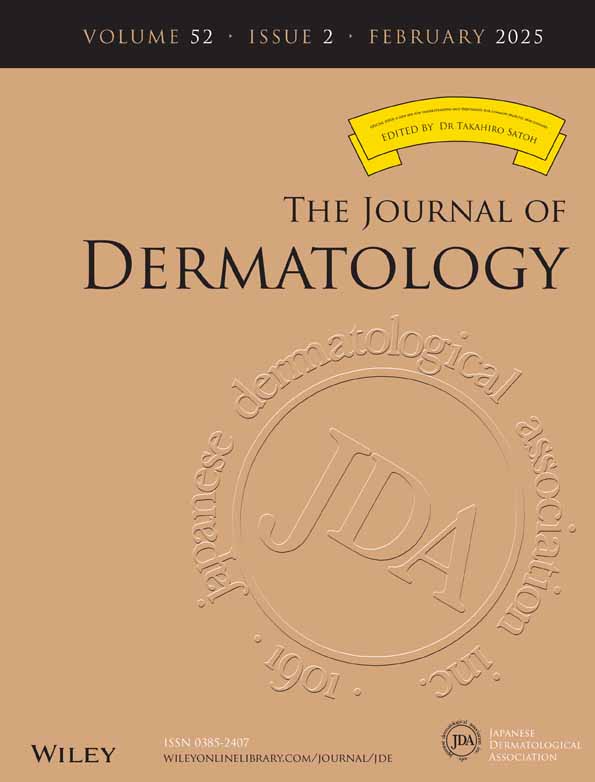Erythroderma in the elderly
T.Y. is an Editorial Board member of Journal of Dermatology and an author of this article. To minimize bias, he was excluded from all editorial decision-making related to the acceptance of this article for publication.
[The copyright line for this article was changed on 30 January 2025, after original online publication]
Abstract
Erythroderma is the end-stage condition caused by various inflammatory diseases, presenting with widespread generalized coalesced erythema on the trunk and extremities. Erythroderma is not a disease itself, but rather is a symptom expressing erythrodermic condition, which is frequently associated with inguinal lymphadenopathy, chills, and mild fever. The clinical characteristics include sparing the folds of the trunk and extremities (deck-chair sign), and cobblestone-like disseminated grouping prurigo; however, the deck-chair sign is not specific to papulo-erythroderma (Ofuji disease). Erythroderma is induced by various causes, such as eczema, psoriasis, atopic dermatitis, drug eruption, lymphoma, lichen planus, pityriasis rubra pilaris, autoimmune bullous diseases, graft-versus-host disease, dermatomyositis, internal malignancy, and others. By contrast, it is not uncommon for even thorough investigations to often fail to identify any significant underlying or occult diseases. Such cases are often diagnosed as idiopathic erythroderma. In elderly cases, some regard erythroderma as late-onset atopic dermatitis, even if the patient does not have a history of childhood atopic dermatitis, while others consider it as a distinct condition with immune responses similar to atopic dermatitis. The etiology of erythroderma is suggested to be a Th2-dominant condition with IL-4/IL-13 playing a central role, suggesting that therapies targeting those Th2 molecules may result in sufficient effects. In this review, the characteristics of erythroderma in the elderly and new therapeutic approaches are discussed.
CONFLICT OF INTEREST STATEMENT
The author declares no conflict of interest.




